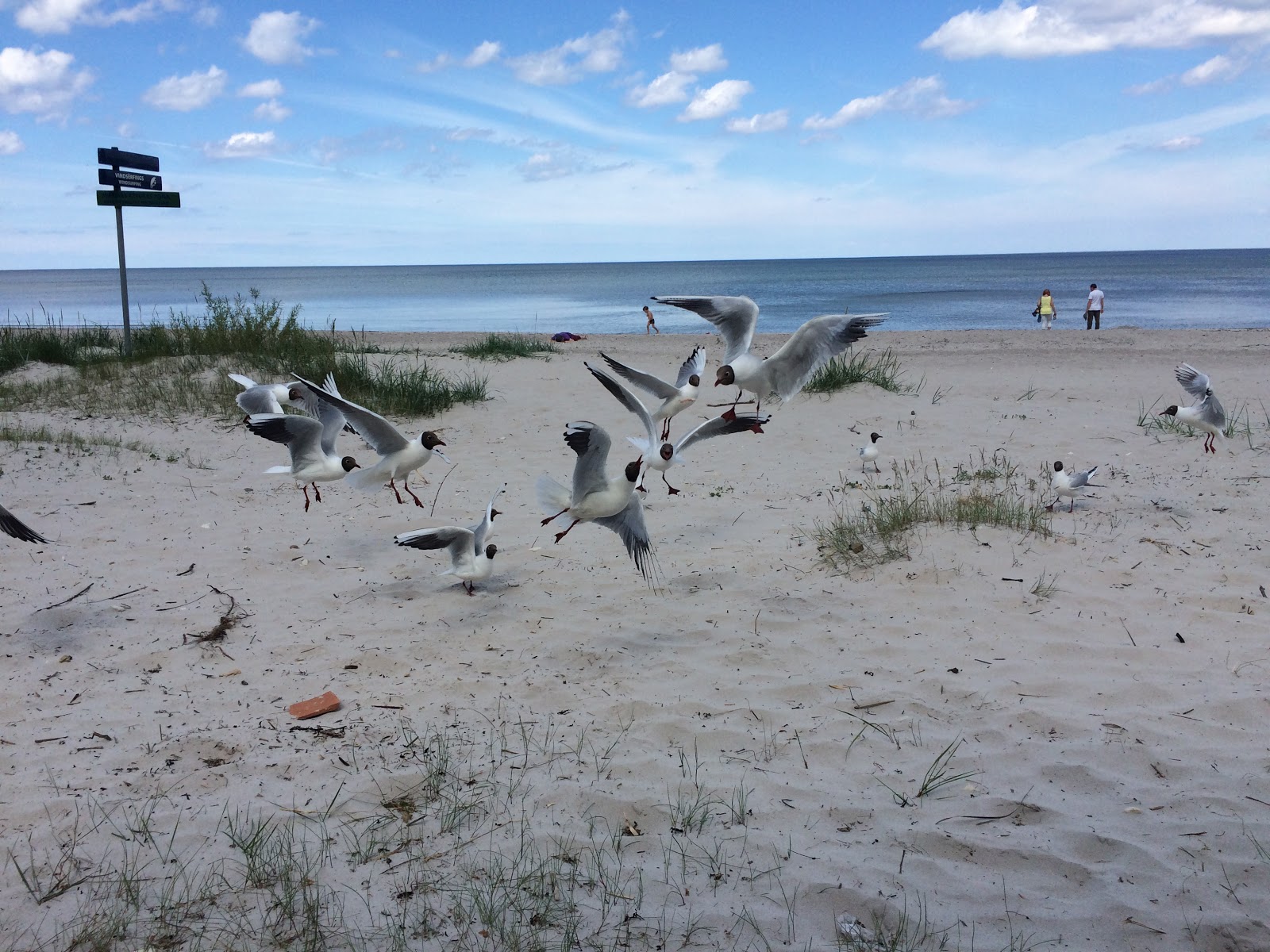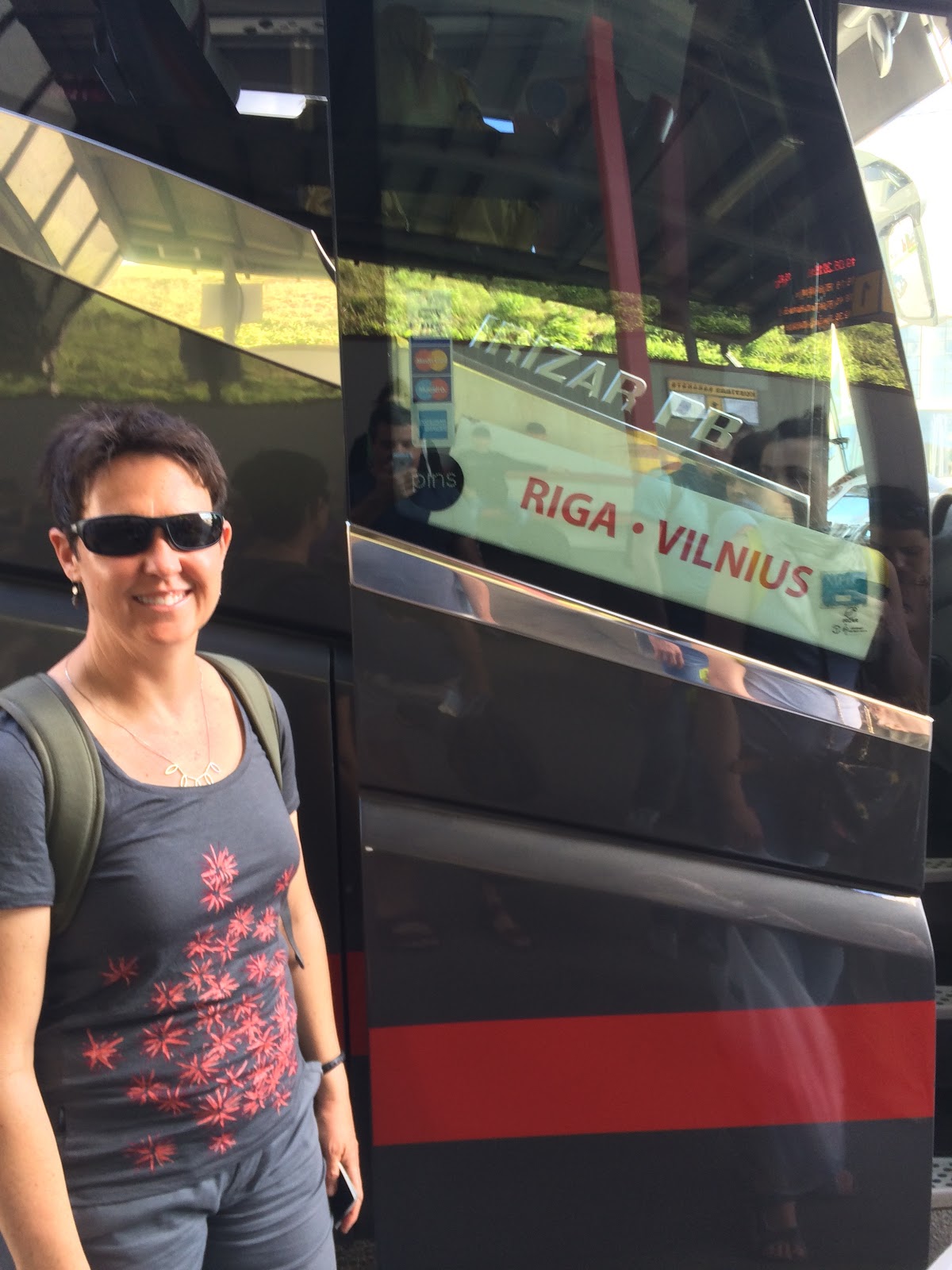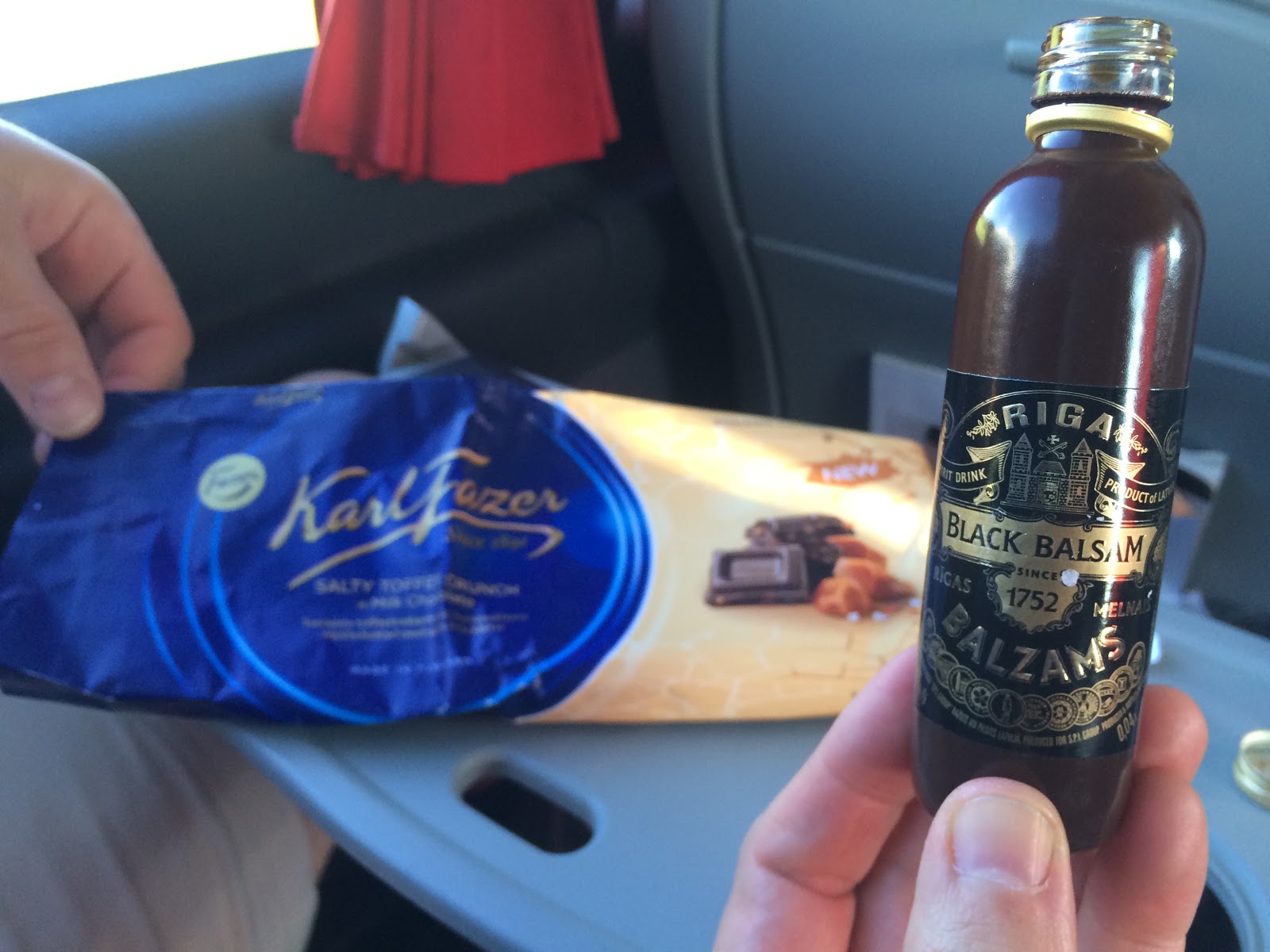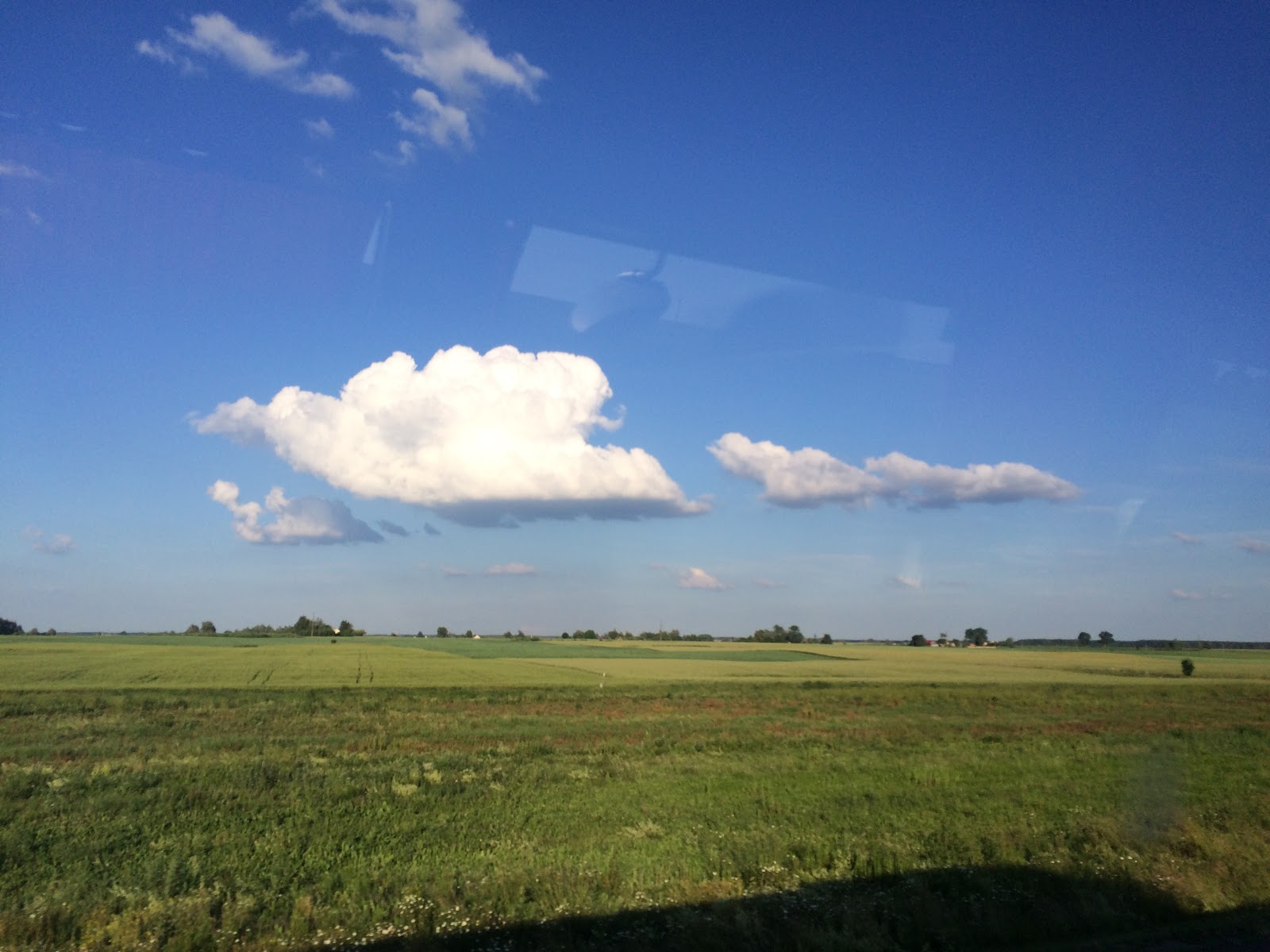We had learned from our fellow-travelers in Tallinn that the only train service in the Baltics is local suburban trains from the capitals; international travel between the capitals is by bus. (The one exception is St. Petersburg, to which you can travel by train from Tallinn.)
The buses were all express, joining the Baltic capitals with no intervening stops. This surprised me since, without a rail network, I wondered how people get to the smaller towns and other things between the capitals. (We would later learn that in general, there are no smaller towns or other things between the capitals.)
Miguel Ángel and Roberto had been traveling northward from Lithuania by bus, and assured us that the buses were really comfortable, with free wifi, free coffee, and so on–they made it sound like business-class air travel, and we did spend a little more to book with the company that is supposed to have the more “deluxe” and comfortable coaches.
We were quickly reminded, though, that (a) even the most comfortable buses in the world are still buses, and (b) these weren’t the most comfortable buses in the world. They weren’t terrible, but the seats weren’t particularly comfy and the wifi never worked. Oh well. They run pretty much on schedule, and we arrived in Riga around dinnertime and checked into our AirBnB hosted by Ed, a very cool hipster type guy and located smack in the middle of Old Riga.
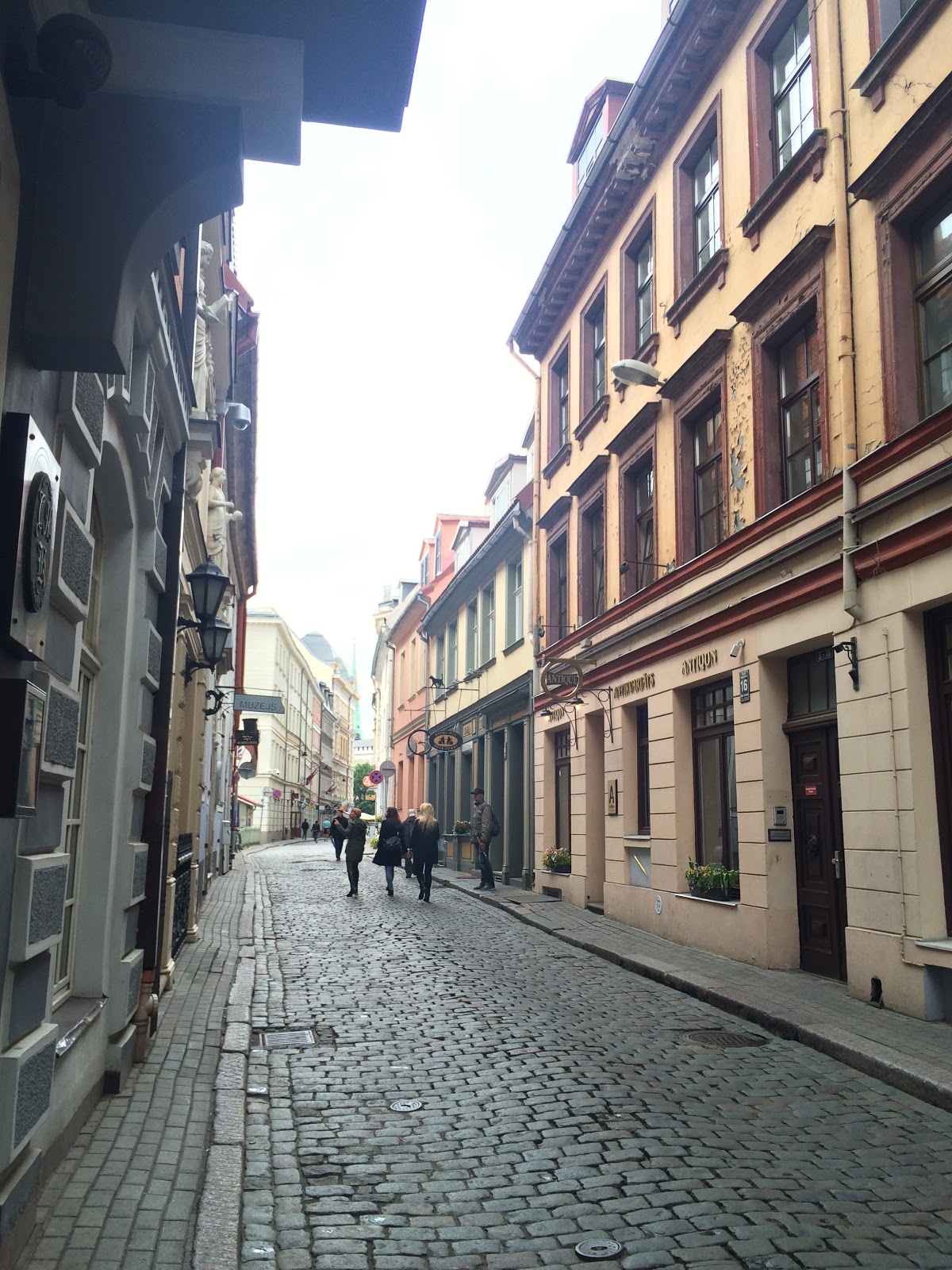
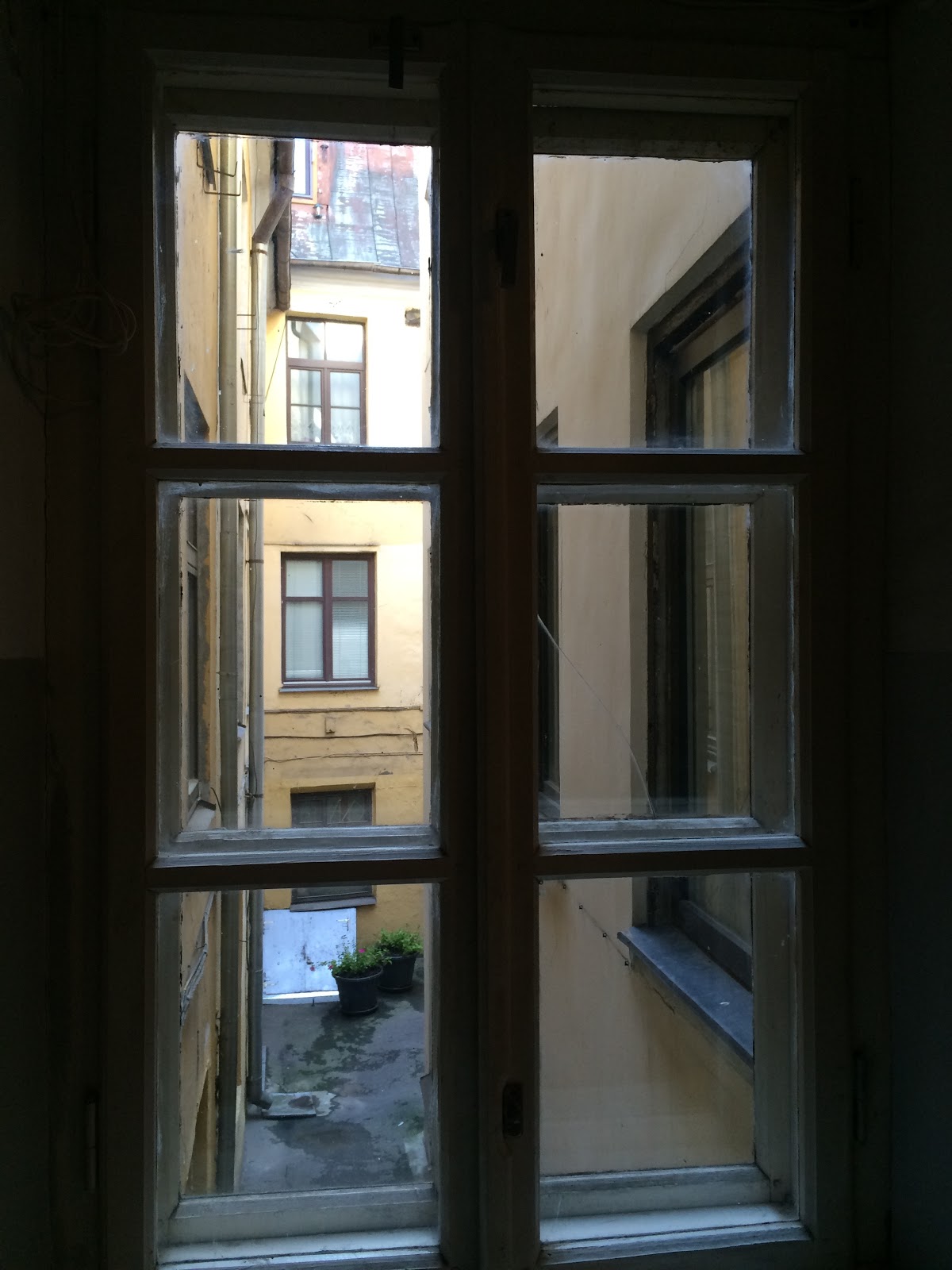
In Tallinn we had shared a table with a reserved young woman who turned out to be a professor visiting from the University of Latvia—she was in Tallinn for a seed biology conference—and we had asked her for recommendations on where to eat in Tallinn. She recommended Ala (“Cave”), a beer cellar dating from the 13th century that is now known for its wide variety of Latvian beers on tap, traditional cuisine, and traditional folk entertainment. The Baltic capitals are small and we always stayed in the old town, so Ala was just a few minutes’ walk from our apartment.
Ala turned out to be a highlight of the trip. It was packed mostly with young people, listening to Latvian folk music played by a traditional-instruments ensemble! And the Latvian beers were simply amazing—we had sampler after sampler and must have tried 20 beers in all during our two visits to Ala. The entrées were inexpensive, and the unfortunately named “Grey Peas” was delicious, peas in a smoky gravy served in a hollowed-out dark bread loaf.
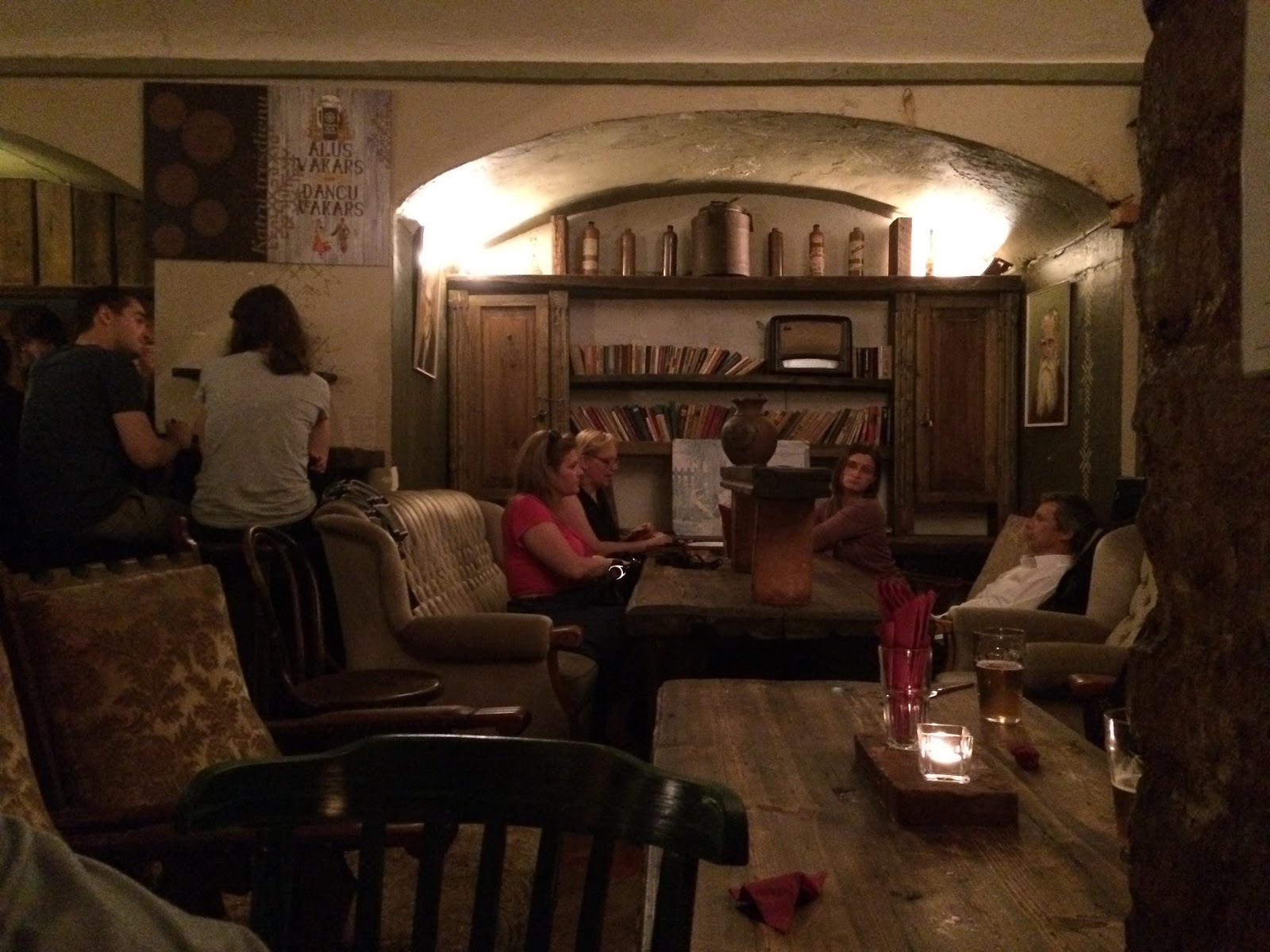
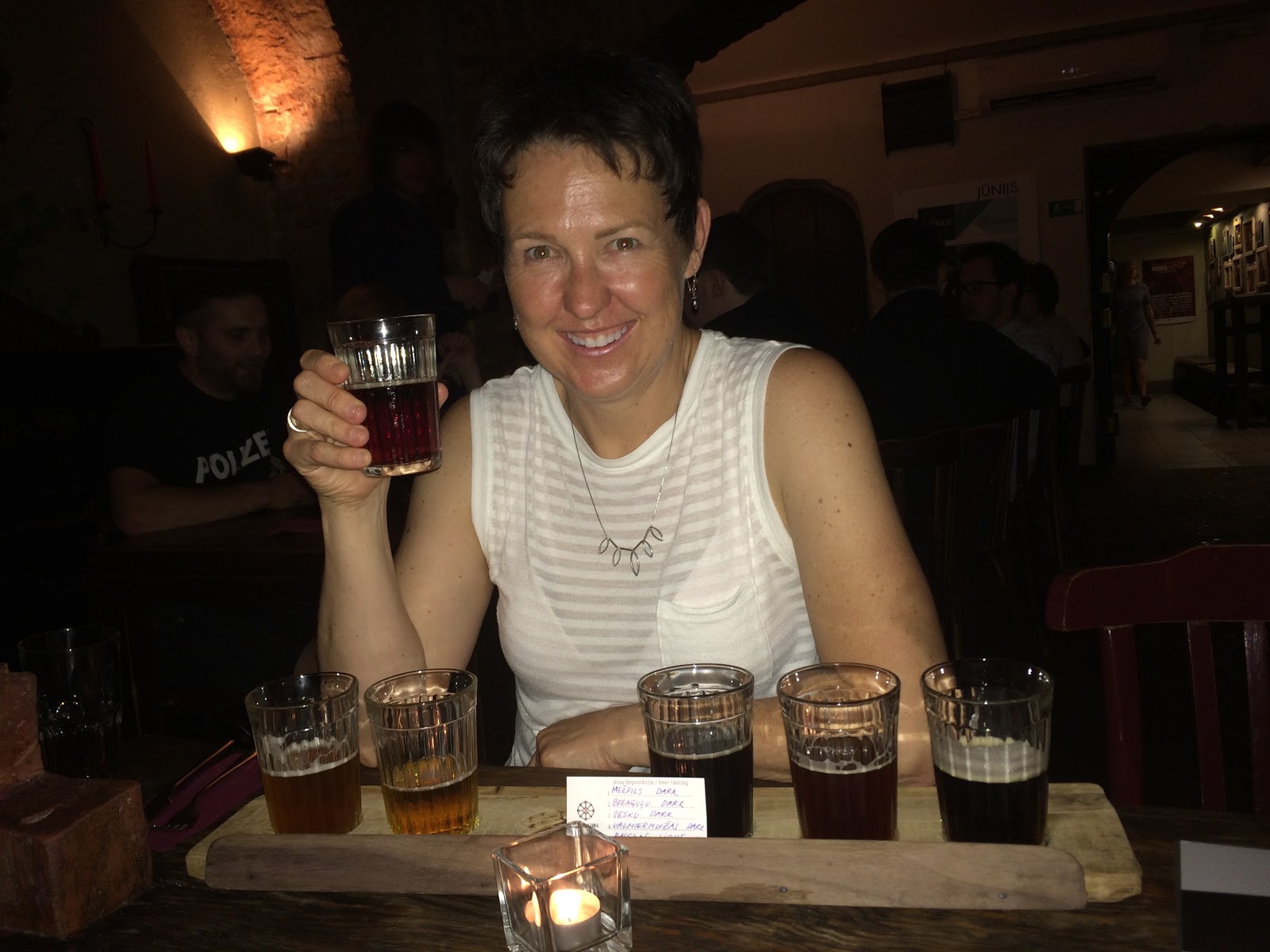
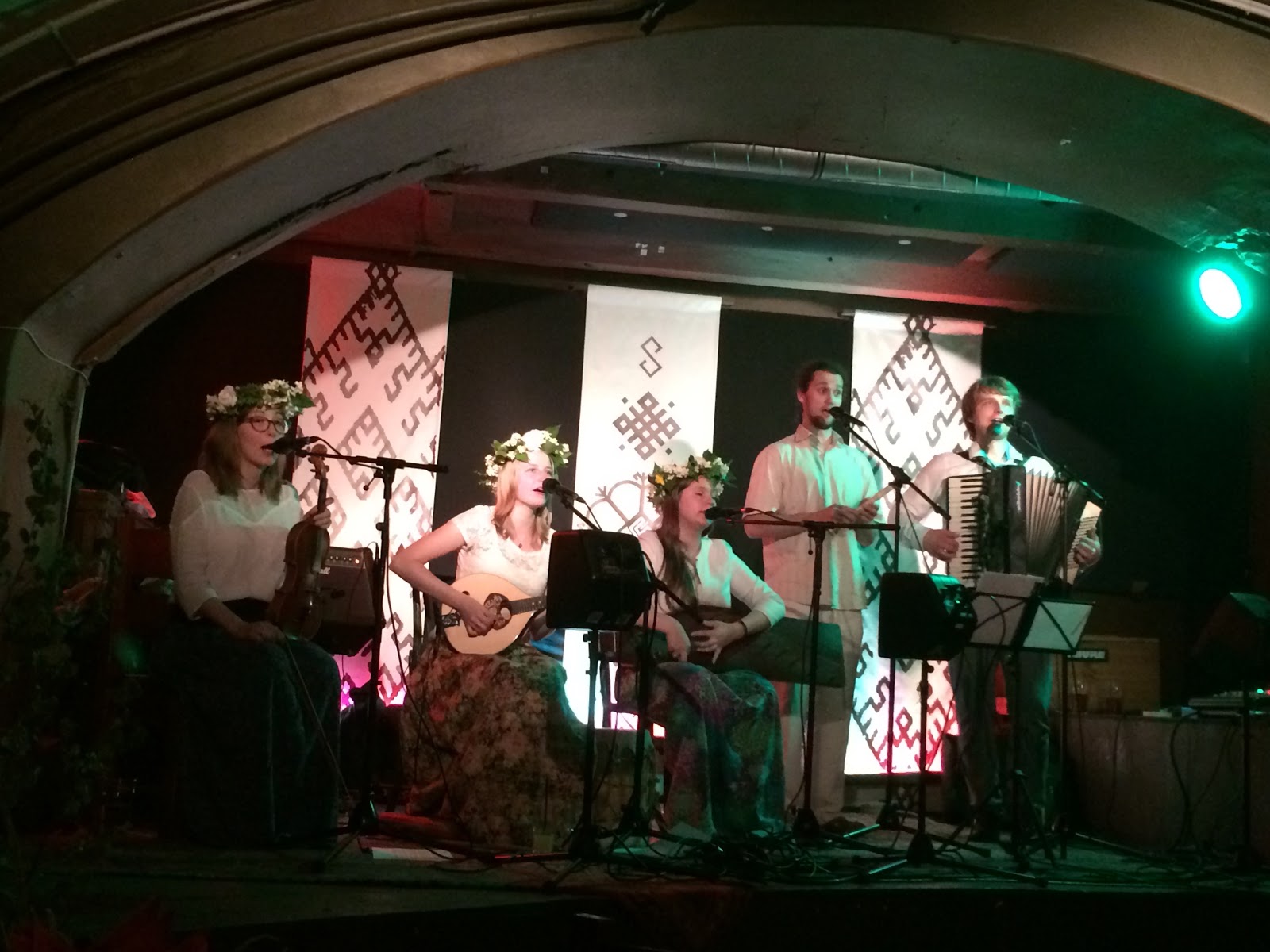
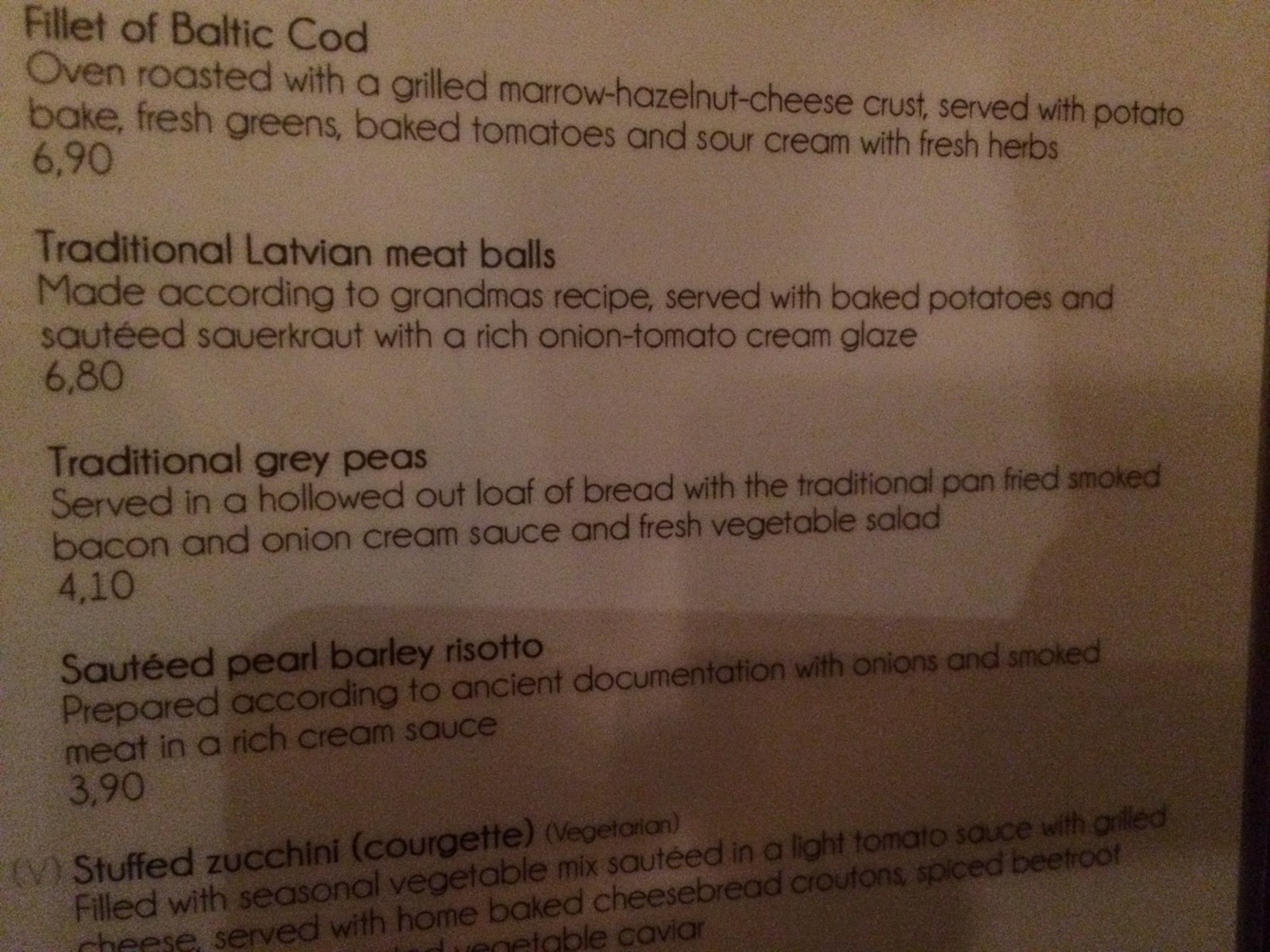
The next day we found the Free Walking Tour of Riga, which again was excellent, and led by a guide who looked kind of like David Lehr. The market stalls are four zeppelin hangars that were abandoned by the Germans after WWI, dismantled brick by brick by the Latvians, and reassembled here…
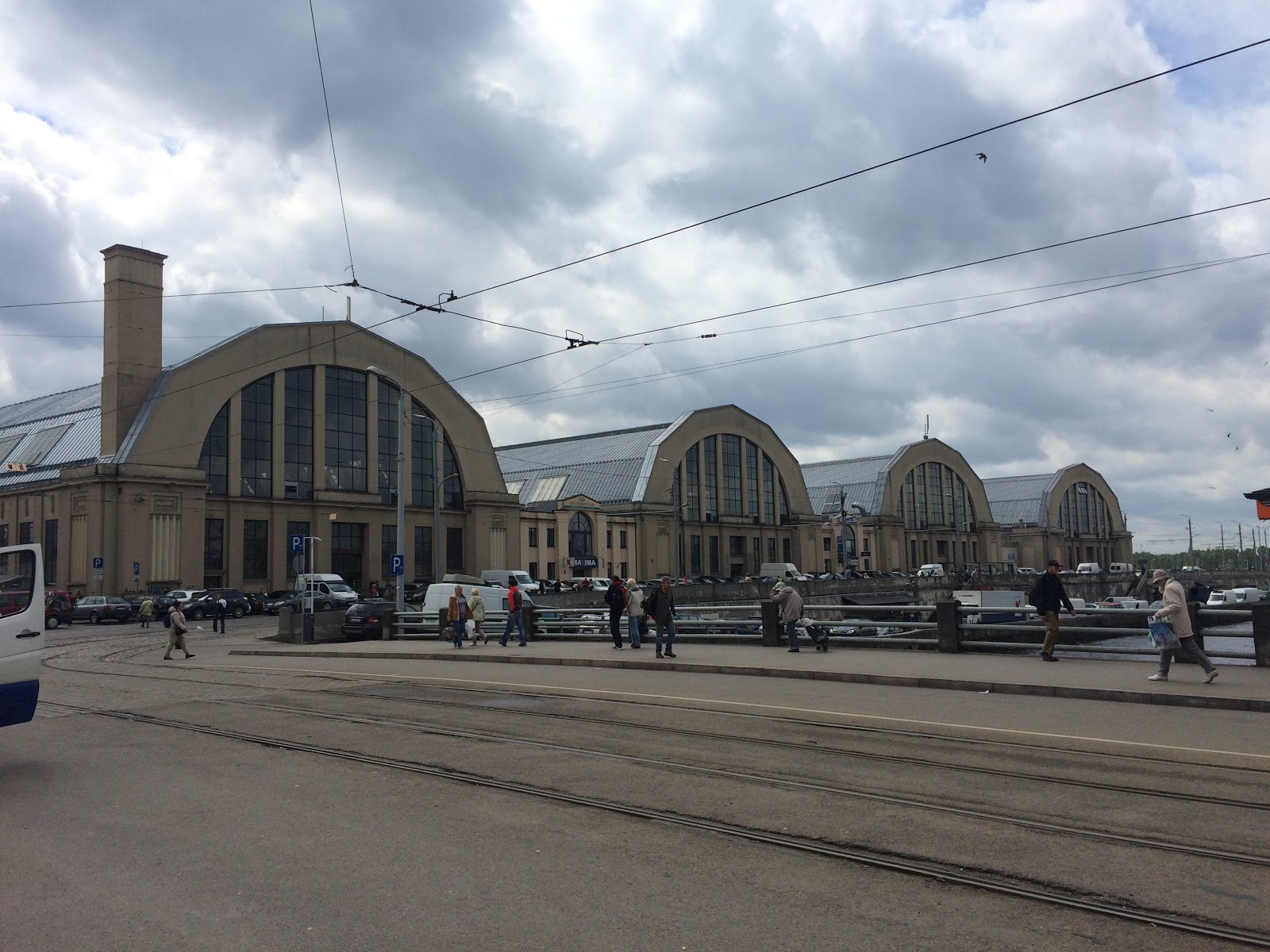
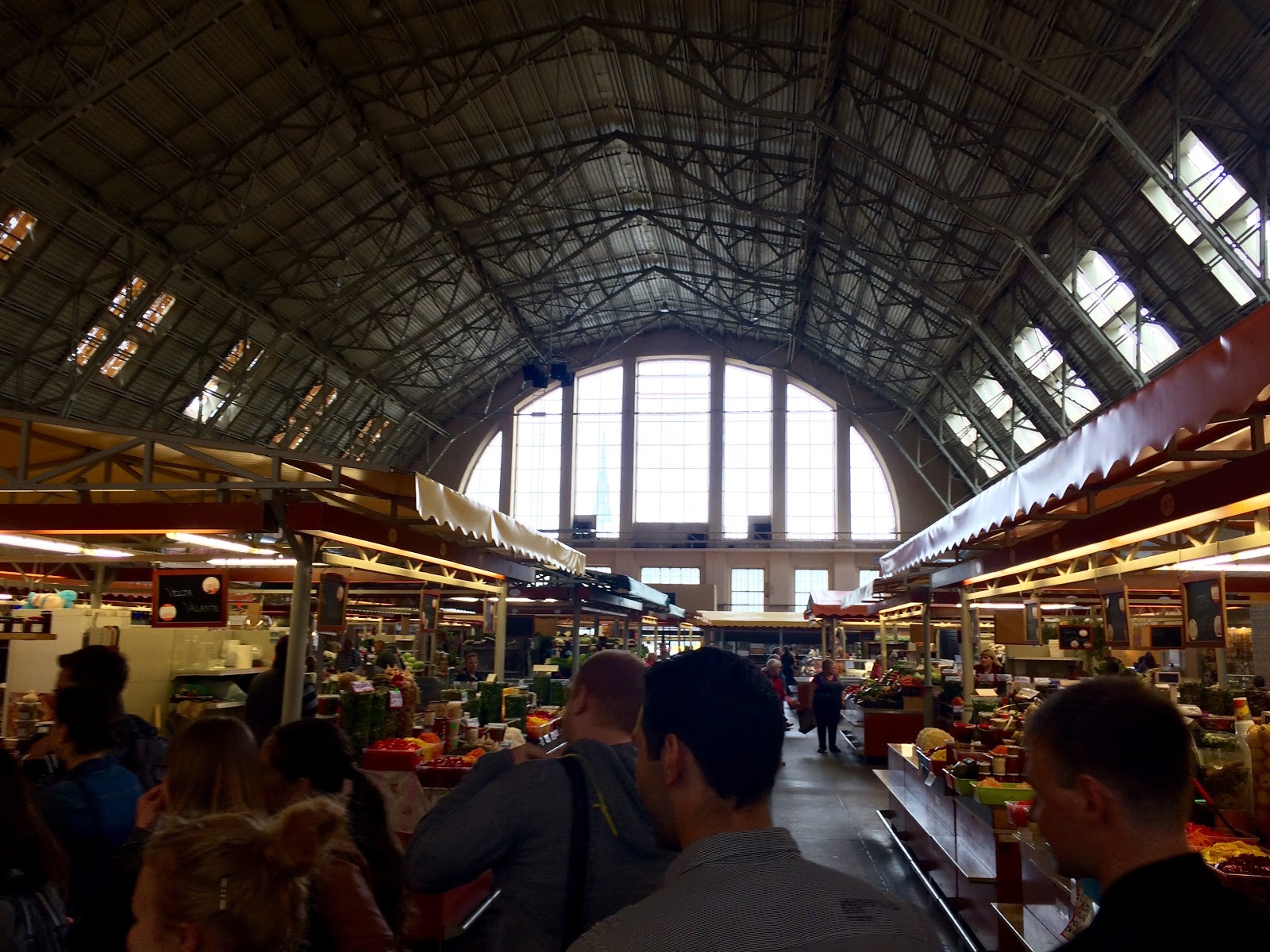

The tour took us to the “Moscow Quarter” of Riga, where many Russian immigrants lived. The houses there had been made of wood, so that if an enemy approached, the neighborhood could be set ablaze as a deterrent to the enemy entering the city. The story has it that a slightly drunken resident mistakenly raised the alarm in 1812 thinking Napoleon’s army was approaching (it wasn’t), so the district was proactively burned to the ground for no reason, though a very few of the traditional wood buildings still stand.
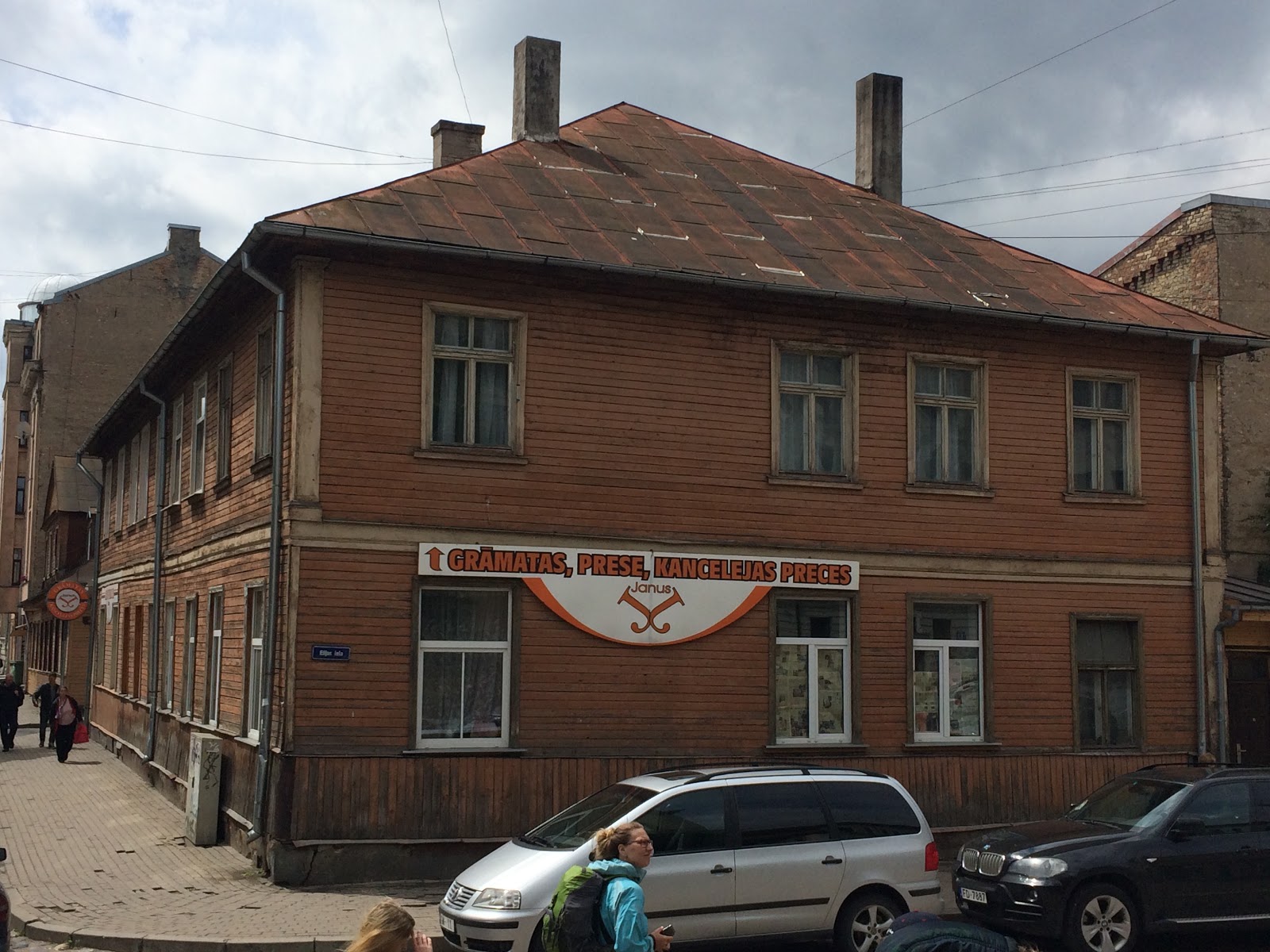
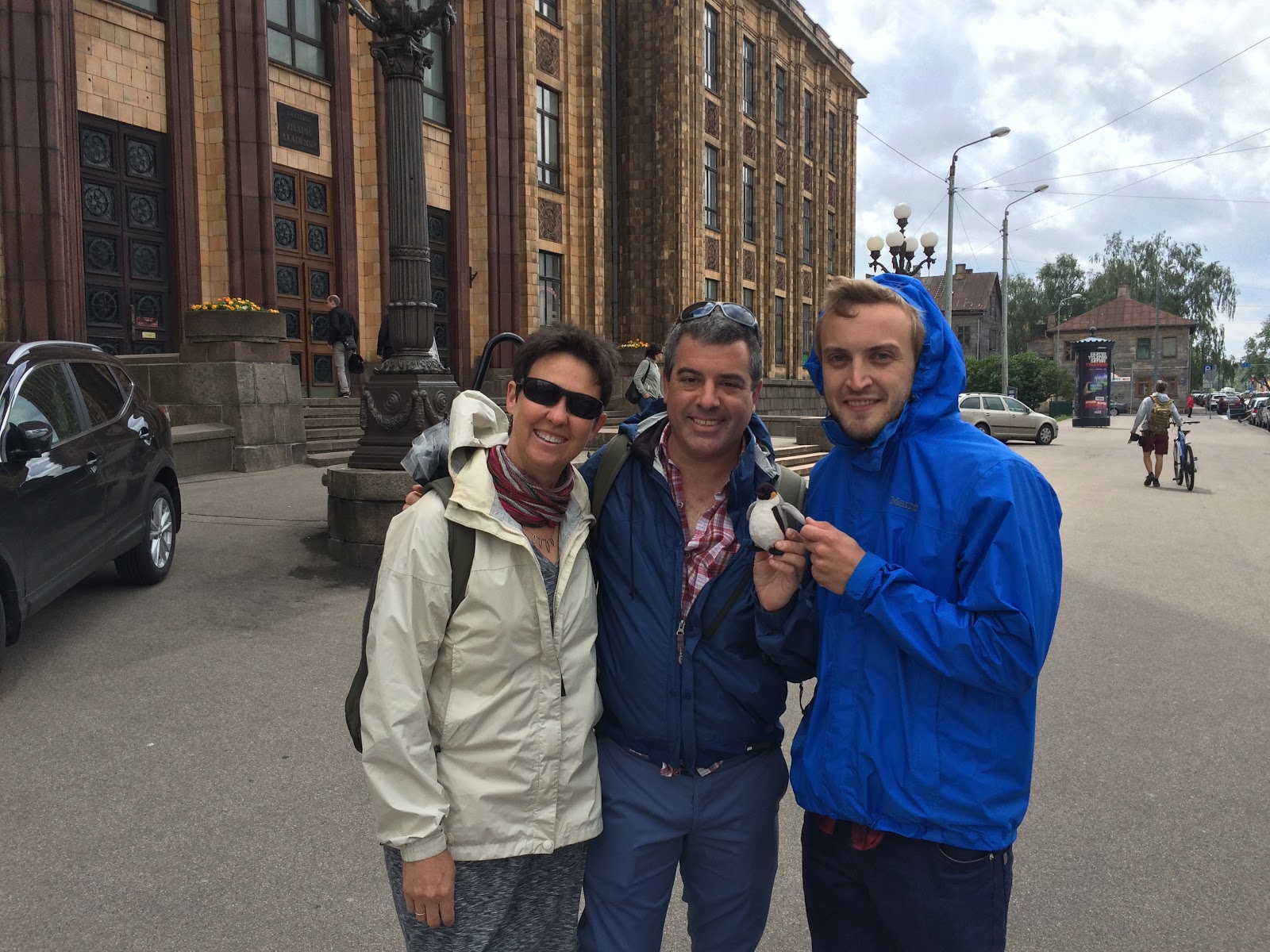
Kemeri National Park
For our second day in Latvia, we decided to go out to Kemeri National Park, a forest-and-bog preserve on the coast and about 40 minutes away by commuter train (fare: about 80 cents each way).
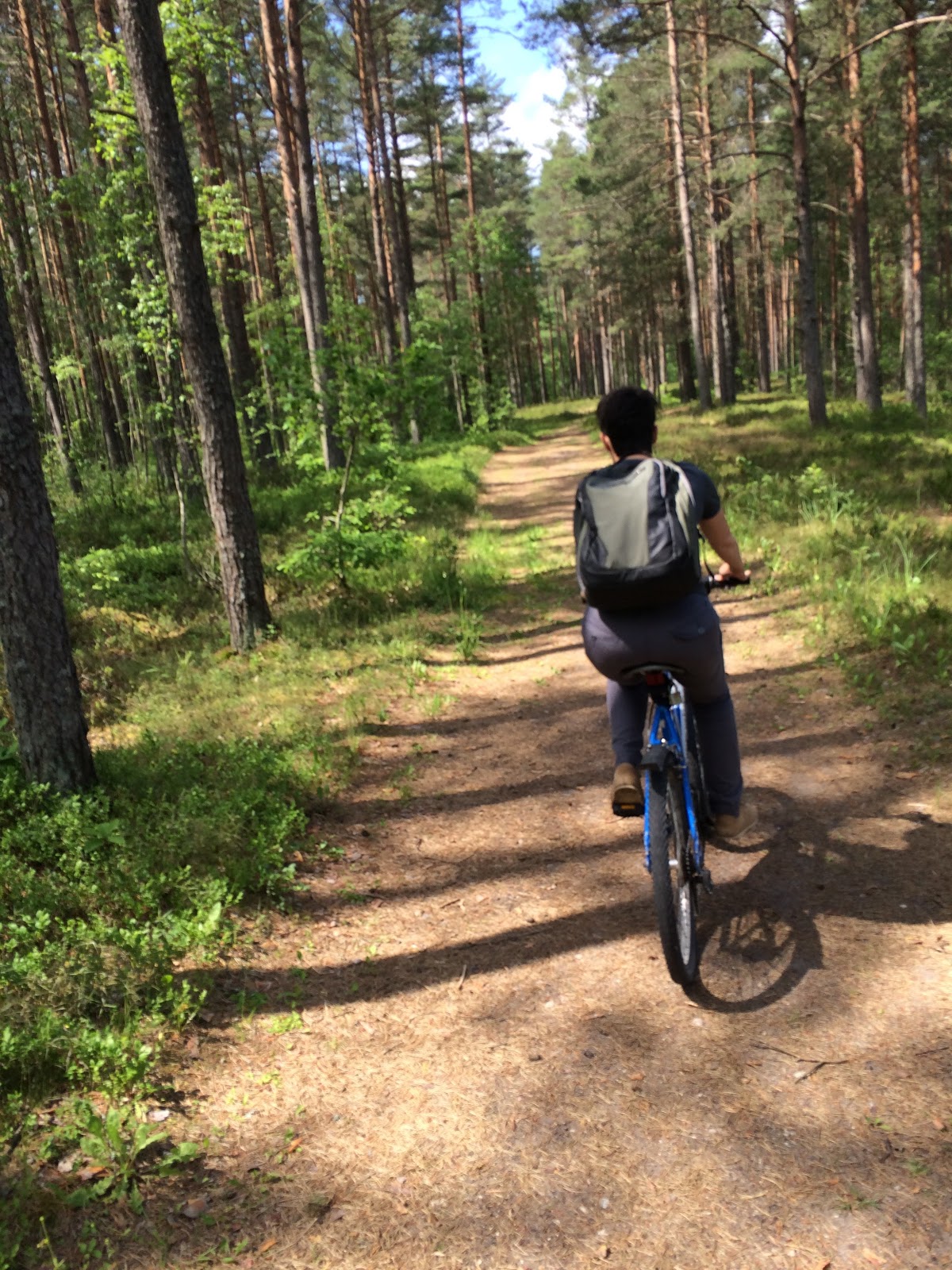

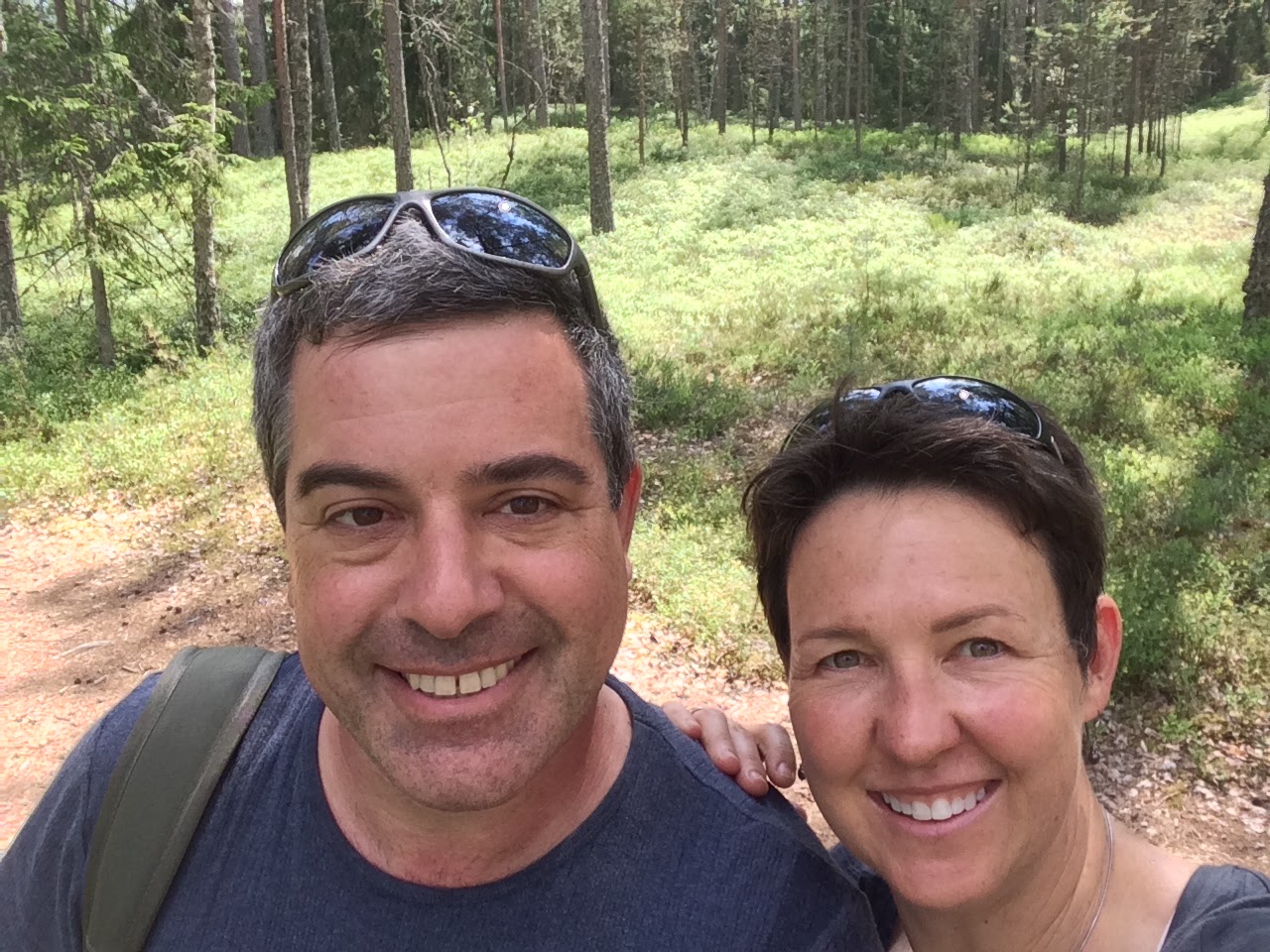
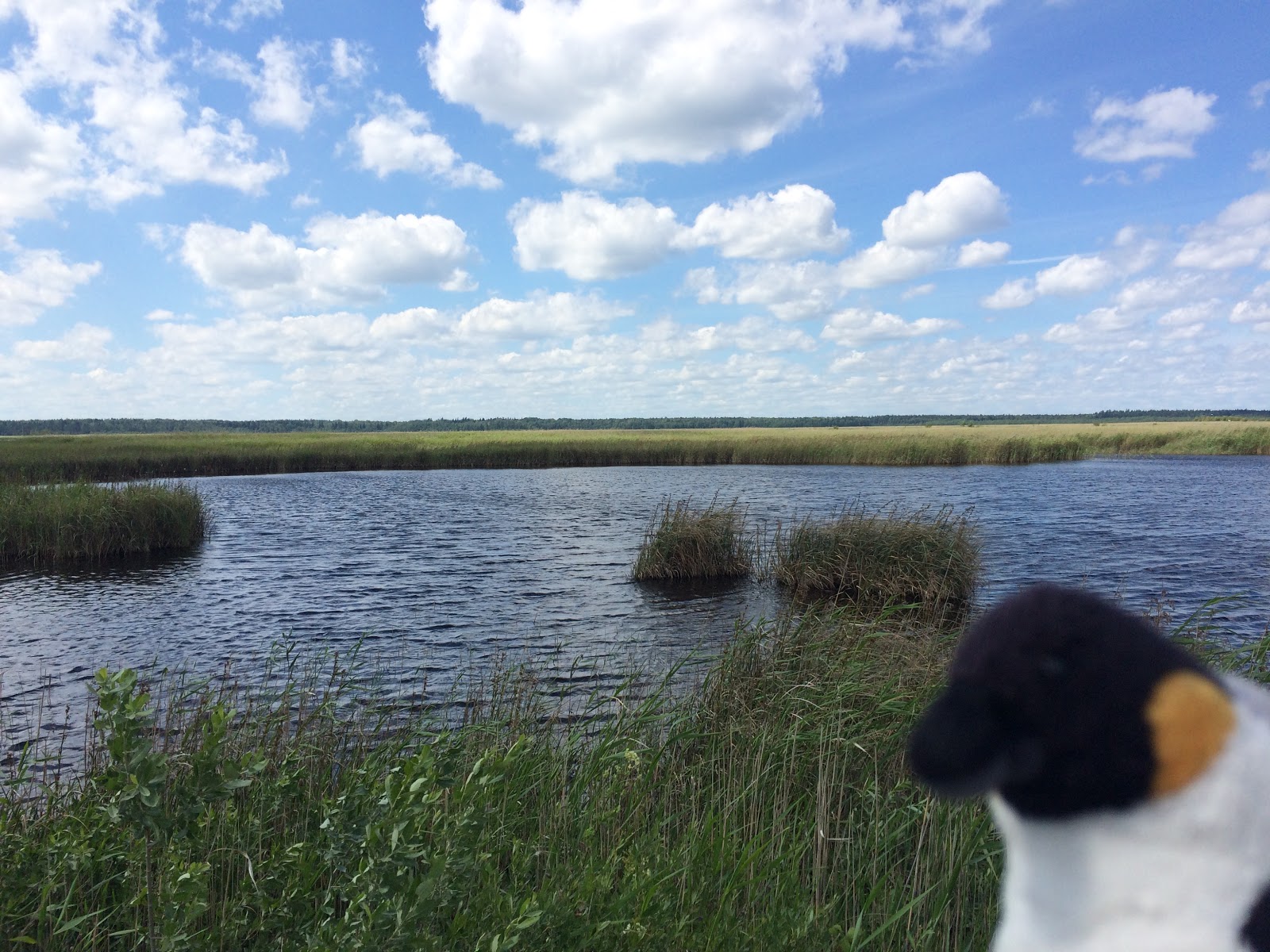
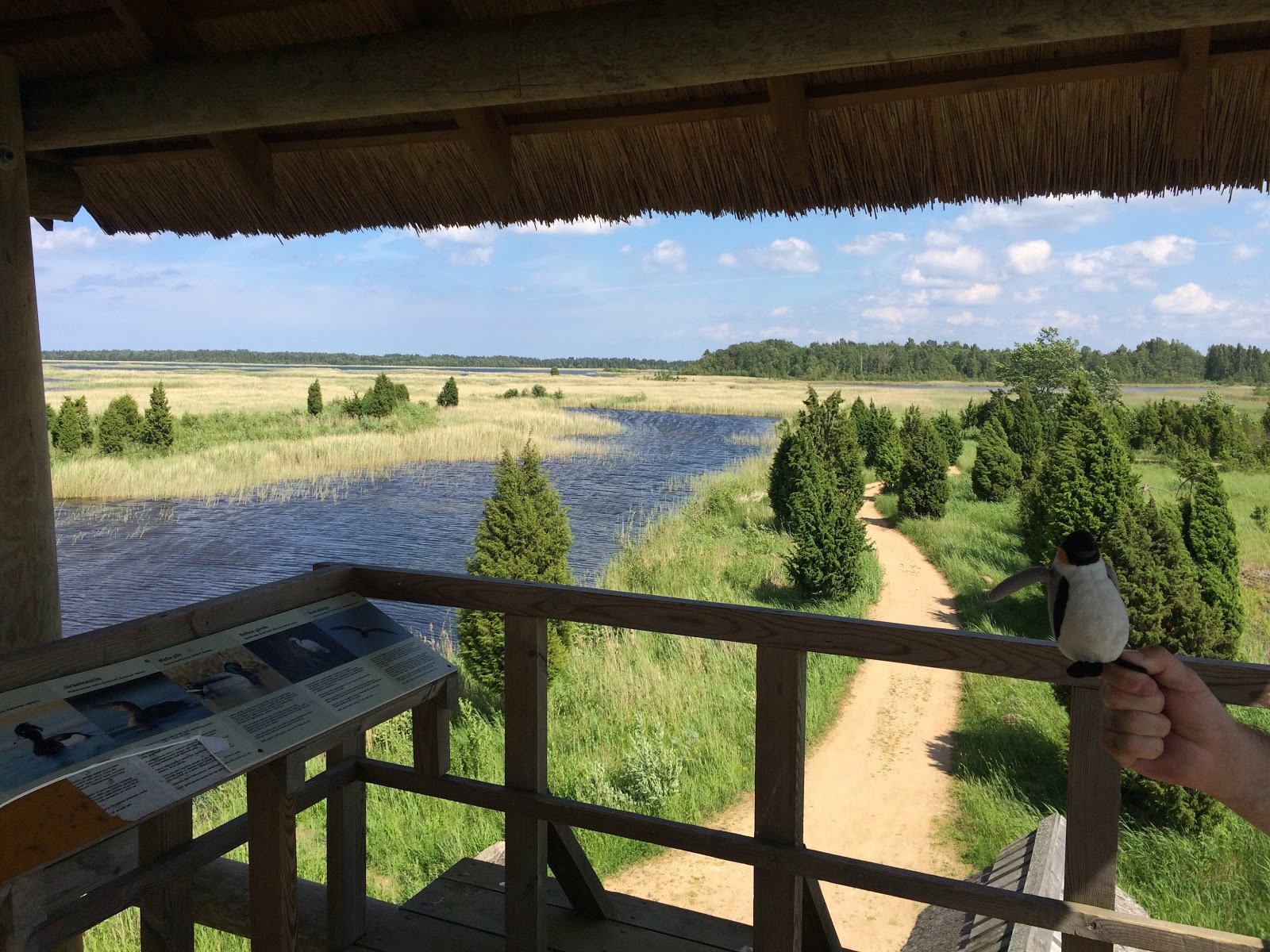
We turned in a solid 20 to 25 mile loop ride on roads, fire roads, and mild single-track. Most of the second half of the loop just followed the coastal road, so we took the opportunity to check out the beach, which was quite attractive but not very busy—this part of the country isn’t the “beach destination”. That distinction belongs to Jurmala, the “Latvian Riviera”, which the train actually passes through on the way to Kemeri. It’s the same stretch of beach, but there is a town with Swiss/European pretentions, which reminded me a little of Montreux, Switzerland. Apparently this is where wealthy Russians would vacation and/or build big beach mansions. We skipped it, though plenty of families were getting on and off the train there.
